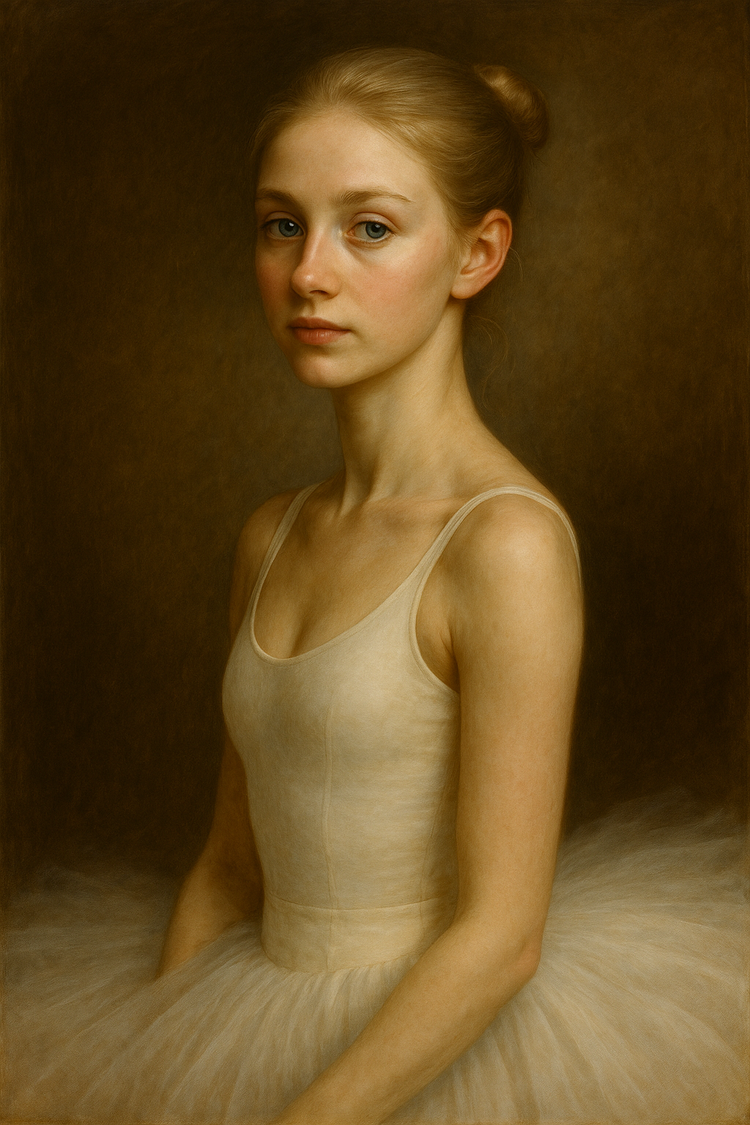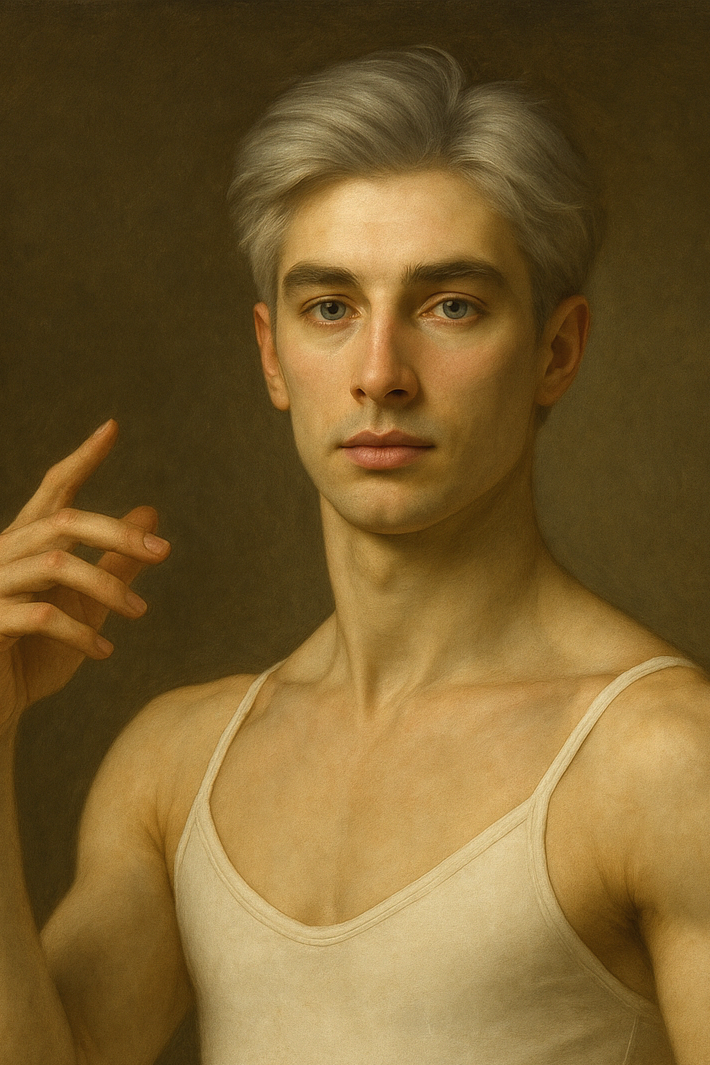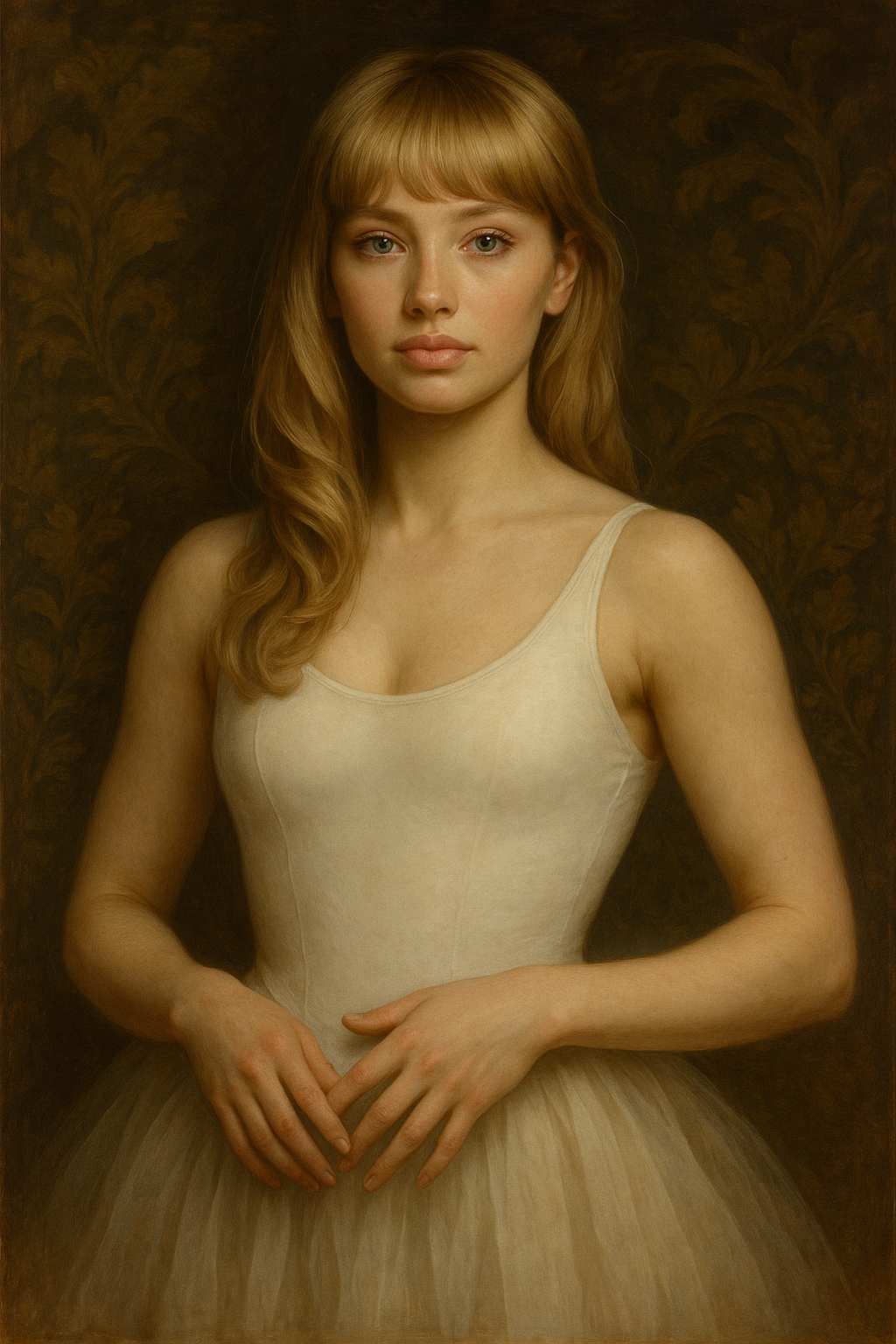Embarking on a New Artistic Journey
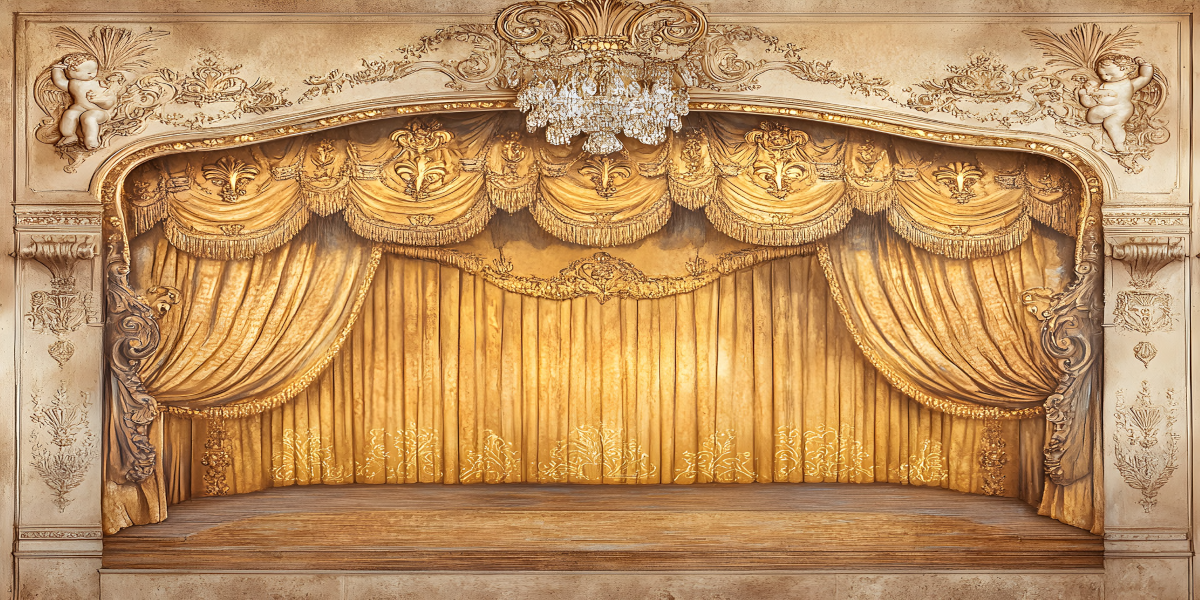
The Heart of Digital Ballet
It’s truly an honor and an exciting time for Petit Dance Co.!
We’re the dedicated ballet division of the incredible Muse Dance Co. inside the virtual world of Second Life, and frankly, few stories are as thrilling to be part of as ours. We have a bold spirit, but at its core, our entire vision comes down to one person: our phenomenal choreographer and artistic director, Anu Papp.
Muse Dance Co. has always been renowned in Second Life – it’s a genuine sanctuary for expression and movement, a creative powerhouse that has been our foundation. We emerge from that legacy as Petit Dance Co., specialized entirely in ballet. As both a ballerina and your PR Master of Ceremony, I get to see firsthand how hard we work to honor ballet’s classical, graceful heritage while fearlessly embracing all the amazing possibilities of a digital stage.
Anu Papp is the absolute heart of everything we do. Her influence radiates throughout the entire troupe; you can see her vision in every step, every gesture, and every perfect pirouette. With years of experience leading us, Anu has cultivated a group that doesn’t just perform beautifully – we genuinely touch our audiences and draw them into the magic, whether they’re inside Second Life or beyond.
We are standing on the threshold of a huge, exciting new chapter right now! What truly sets us apart in the world of virtual dance is our dedication to authentic movement and artistic integrity. With Anu’s passionate guidance, we reaffirm that commitment with every single performance. We believe in the sheer beauty, grace, and transformative power of ballet, and that’s what we try to share with every show.
As Second Life keeps growing and changing, so will we. We are constantly innovating, inspiring, and inviting all of you to join us in experiencing the wonder of dance in our ever-expanding digital universe.
Upcoming events
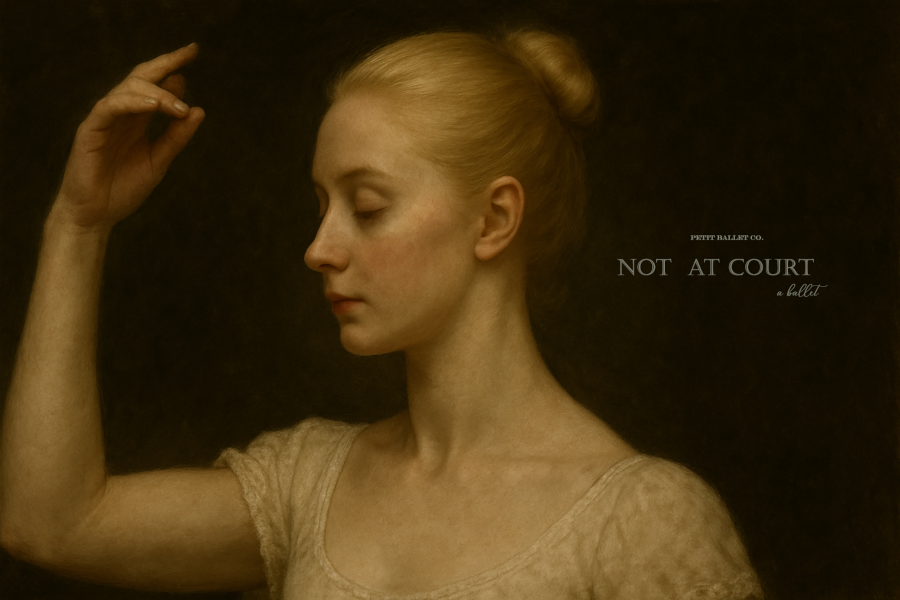
“Not at Court”
11th January, 2026 – 12 PM SLT
The Petit Ballet Co. Presents a Tale of Marie Antoinette’s Freedom
Dancing Through the Gardens of the Petit Trianon
Petit Ballet Co. Presents: “Not at Court”
The Petit Ballet Co. is thrilled to unveil “Not at Court”, a new production that elegantly transports our audience to the graceful, private world of 18th-century Versailles. This ballet draws profound inspiration from the legendary Queen Marie Antoinette and the cherished days she spent at the Petit Trianon.
Our production invites viewers to witness a queen unburdened by the weight of her crown. Instead of focusing on duty and rigid courtly decorum, we explore her liberation – reveling in the solace of nature, the comfort of genuine friendship, and the simple, authentic pleasures of life outside royal obligations.
The Sanctuary of Petit Trianon
Certain historical locations are so powerfully tied to the individuals who loved them that they feel inseparable. The Petit Trianon, hidden within the immense grounds of Versailles, is precisely one such place. It was a personal gift from King Louis XVI to Marie Antoinette in 1774, and it immediately became her private sanctuary – a world carefully crafted to be far removed from the dazzling, yet rigid, etiquette of the royal court.
Here, Marie Antoinette found peace among winding paths, blooming meadows, and the romantic charm of the English-style gardens she helped design. She was finally free to shed the elaborate costumes of royalty and bask in moments of unburdened sweetness.
This transformative spirit is the very core that “Not at Court” strives to capture. It is a stunning depiction of a queen’s necessary retreat from the watchful eyes of the world, driven by a deep, human pursuit of authenticity and personal joy.
Petit Ballet Co.
Visualizing Grace
Anu Papp's Dance Troupe Photography
Explore the stunning collection of photographs captured by Anu Papp, showcasing the beauty and dedication of the full dance troupe.
View the Photo Gallery